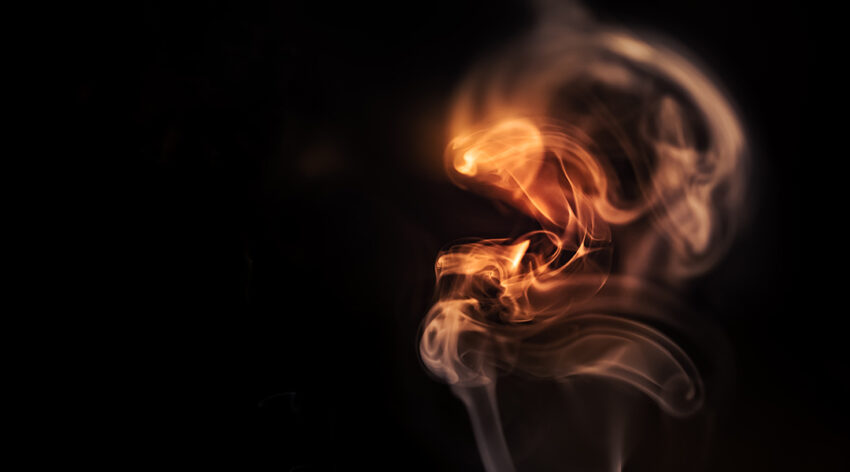The strong adhesive nature of this artificial tissue combined with its ability to sustain the growth of new cells helps solve long-standing challenges with these types of grafts.
Image credit: Marek Piwnicki on Unsplash
The periosteum is a complex tissue membrane that covers the outer surface of most bones in our bodies. It plays an important role in bone growth, delivering essential nutrients and blood, and as such, has been widely recognized for its remarkable regenerative capacity.
Artificial periosteal grafts have shown promise, but have limitations related to low mechanical strength, tissue adhesiveness, and poor regrowth. A team of researchers led by Xin Zhao from the Hong Kong Polytechnic University sought to bridge this gap with a new, artificial graft for enhanced bone and periosteum tissue engineering.
They developed a “Janus” or two sided periosteum made from crosslinked polymers. “These are polymers that under light irradiation form a chemical bond,” explained Yuhe Yang, lead author of the study published in Small. “They are liquid [before the reaction], but can be turned into solid upon light exposure, such as under UV irradiation. The fluidity of the polymers makes it easy to shape them into sophisticated structures, such as reproducing the natural structure of the periosteum.”
The artificial periosteum from the current study addresses two challenges that have plagued this type of artificial tissue since its development. For one, current artificial periostea generally have weak adhesion, which fails to prevent soft tissue in-growth and results in very slow bone tissue regeneration. Secondly, reproducing the same structure and function of natural periostea is quite challenging,
“[There are] two sides of the Janus periosteum,” explained Yang, “one side was designed as gecko-inspired fibrillar setae arrays accompanied by a poly(dopamine methacrylamide-co-hydroxyethyl methacrylate) (PDMH) coating inspired by mussel for strong tissue adhesion. On the other side, microgrooved patterns were carved to manipulate the structure of natural periosteum to regulate cell fate for better osteogenesis and angiogenesis, and further promote bone regeneration at the site of bone defects.”
The strong adhesive nature of this artificial tissue combined with its ability to sustain the growth of new cells without needing additional growth factors (often difficult to control their side effects) makes this new material so appealing.
“The gecko inspired fibril setae arrays provide strong friction and adhesion forces with surrounding tissues, and the PDMH coating forms stable chemical bonds with nearby healthy tissue,” added Yang.
While the new material requires more experimental data before it can be used in a clinical setting, Zhao and team are looking to carry out in vivo experiments soon, before moving on to clinical trials in humans.
Reference: Yuhe Yang, et al. Sculpting Bio-Inspired Surface Textures: An Adhesive Janus Periosteum, Advanced Functional Materials (2021). DOI: 10.1002/adfm.202104636

